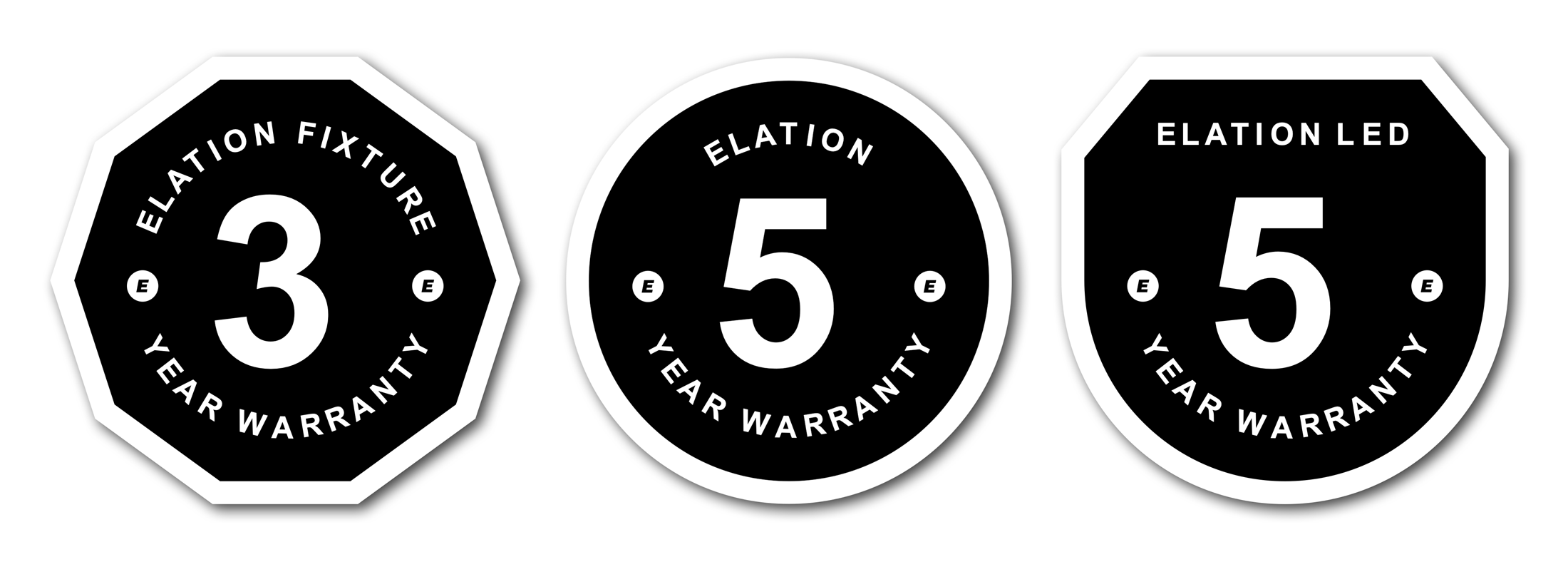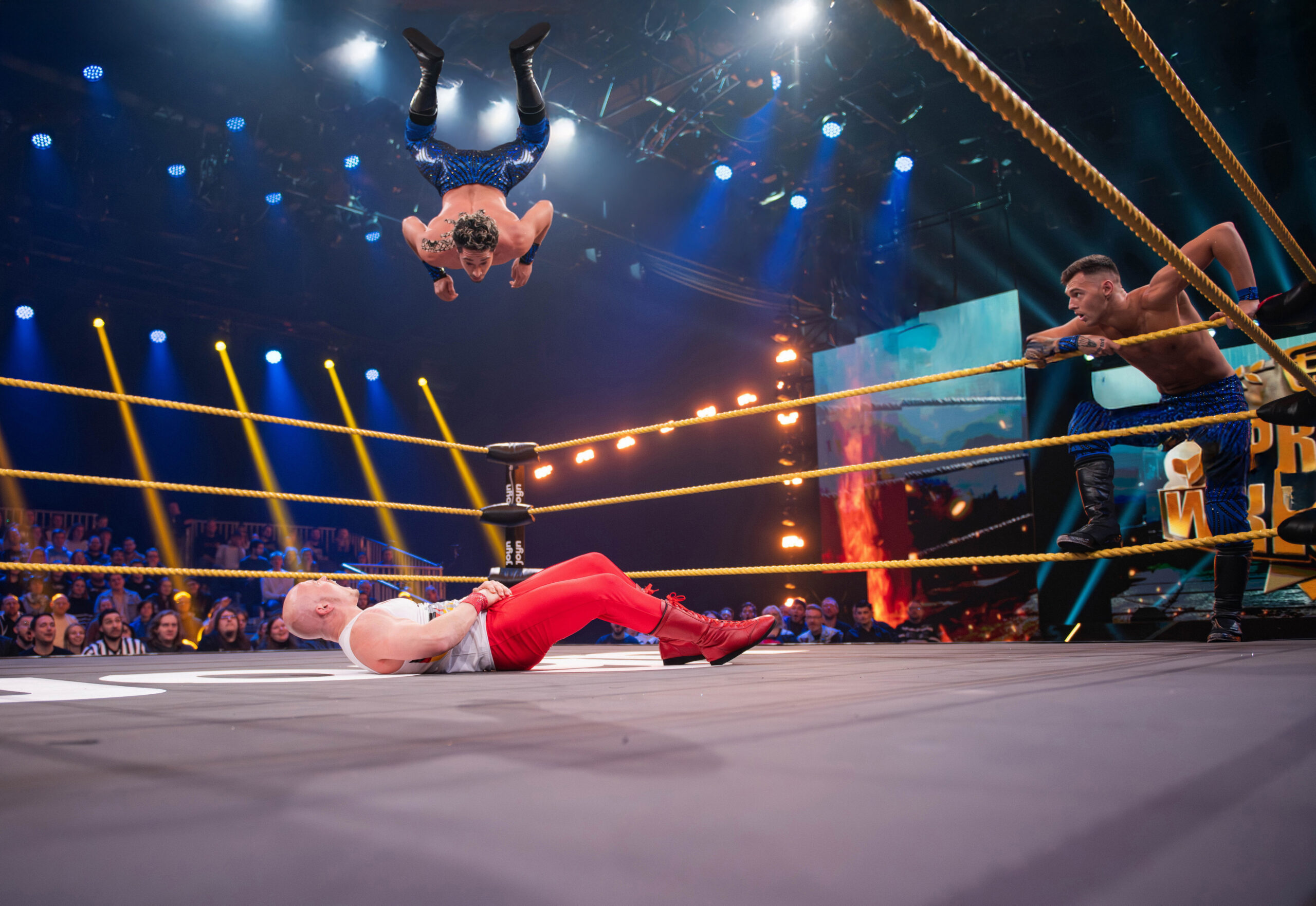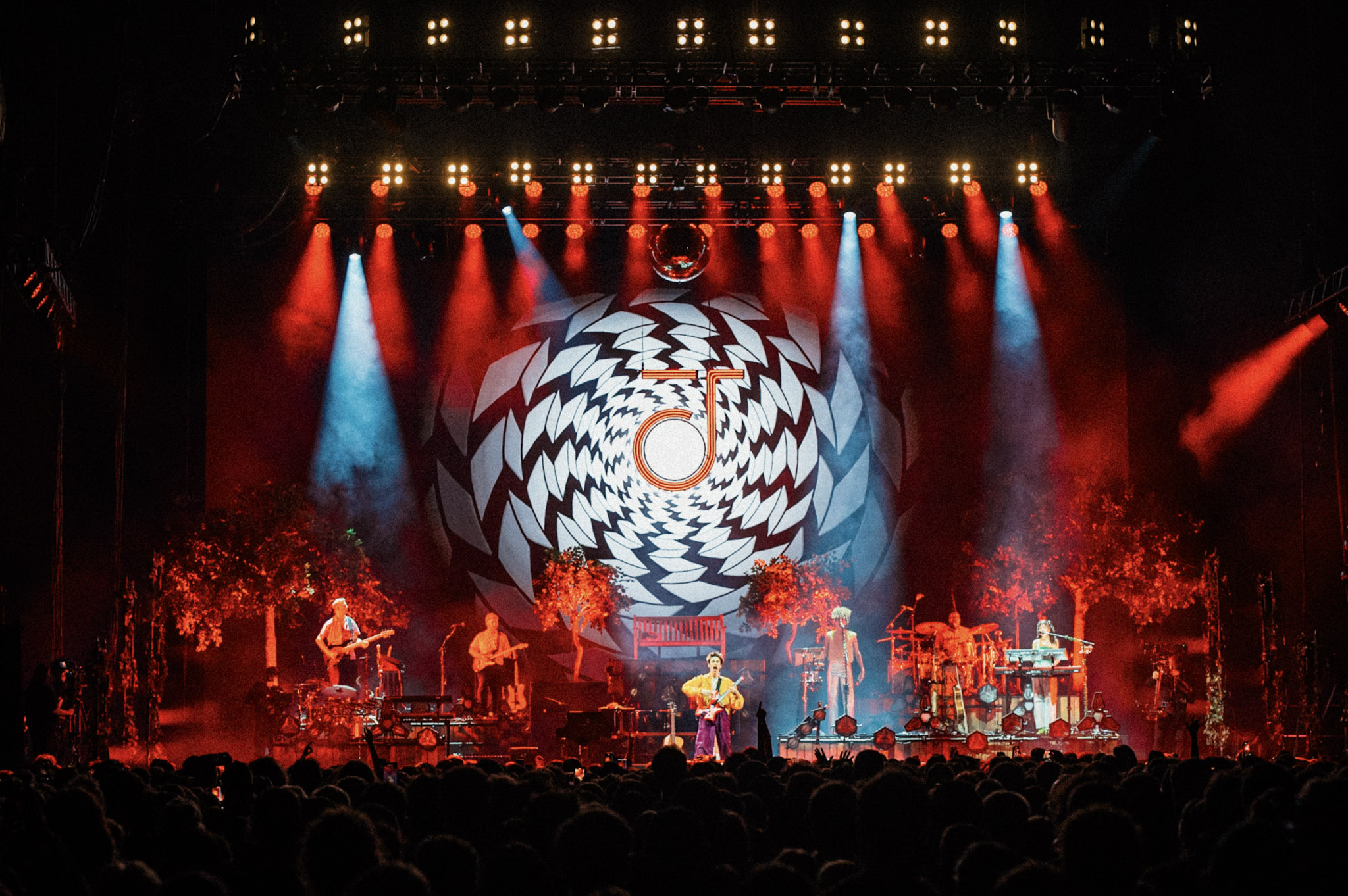
WORLD – Going to a concert today is a completely different experience than it was just a decade or two ago. It’s not just that the music has changed. The entire experience has been transformed—and that’s largely due to the light show.
More details from Osram (www.osram.com):
In the past, a concert was all about the music. The lighting was often just an afterthought—a spotlight on the lead singer here, a burst of strobe lights there.
Today, concerts are a huge theatrical production, in which lighting plays a starring role. It creates a stunning range of visual effects and shapes the emotions not only of the concert-goers but the artists as well, inspiring them to more passionate performances. Light doesn’t only enable us to see, it has the power to shape our moods and take us on an emotional journey.
LED lights are central to the modern concert experience. For instance, a new generation of high-powered, full-color RGBW (red, green, blue, white) LEDs such as Osram’s Ostar Stage, a high-powered four-in-one LED in 20W, 40W and 75W power classes. In addition to the “white” version, the RGB colors are joined for the first time by a converted yellow (RGBCY), instead of an ultra-white chip in the 40W version, providing increased color gamut. These types of LEDs are taking over the industry by providing optimal output and very high luminance from a tightly-packed die configuration (small Light Emitting Surface), which are ideal for creating narrow beam patterns and dazzling effects that simply weren’t possible before.
Lighting directors can use full-color LEDs to very accurately reflect the band’s sound at a given moment. Red, for instance, elicits an intense response, where blue or green can be more relaxing. With LEDs, reds, greens and blues can also be mixed together to create an infinite number of colors that elicit a wide range of emotional responses.
Because of the compact size of today’s LEDs, some performers are taking it a step further. At many concerts now, audience members are handed LED wristbands upon entry. When the show starts, everyone in the audience is illuminated. The LED wristbands are programmed to light up in time to the music and pulse in a variety of colors, allowing the audience to fully immerse themselves in the concert experience and feel as if they’re an integral part of the show.
Another reason artists love LEDs is that they don’t give off a lot of heat. Traditional stage lighting generates heat and infrared light in its beam patterns and performing under it can be like performing under one of those heat lamps that restaurants use to keep food warm. When LEDs are used, performers can maintain their cool because the heat is vented out of the back end, not in the beam pattern.
When it comes to lighting up a stage, LEDs are also far superior to traditional lighting sources such as halogen or arc tubes. These legacy light sources emit light in 360 degrees, so they require parabolic reflectors and bulky housing units to collect and point the light where it’s supposed to go. This makes fixtures larger, thus more expensive and more challenging to manage in a stage production.
With LEDs, you don’t have any of these nagging issues. LEDs emit light in one direction, so it’s much easier to capture that light and control it optically—without any reflectors and in smaller housings. LED fixtures are also easier to maneuver because they’re smaller and thinner. It’s now possible to place these lights in places they’ve never been, such as below the drummer, which results in much better effects.
And LEDs can be digitally programmed, which means colors can be mixed in a matter of nanoseconds, whereas mixing halogen lights, which require filters, limit the color mixing and options that are available and at a slower response time. Not only are LED lights brighter and crisper, they’re more cost-effective because they can last for tens of thousands of hours, versus just hundreds or thousands of hours for traditional halogens.
This makes LEDs a much more functional option in small spaces as well as large arenas. They can give any stage or event a wow factor, whether it’s the corner bar hosting open-mic night, the local high school putting on its annual talent show or a hotel event space throwing a wedding reception. LEDs are even great for corporate presentations, which have evolved from boring old overhead projectors to engaging performances with stunning LED light effects that polish the corporate brand image and message, greatly enhancing the overall experience.
The show must go on—and the right lighting has the power to make every show more exciting, impactful and emotional.
Written by Mike Martens at Osram Opto Semiconductor
Mike Martens is the Senior Manager, Product Marketing for multi-market lighting at Osram Opto Semiconductors in North America. Martens is responsible for visible LED marketing and strategy development in the information and entertainment, projection, signs and signals, industrial, transportation and white goods industries.



